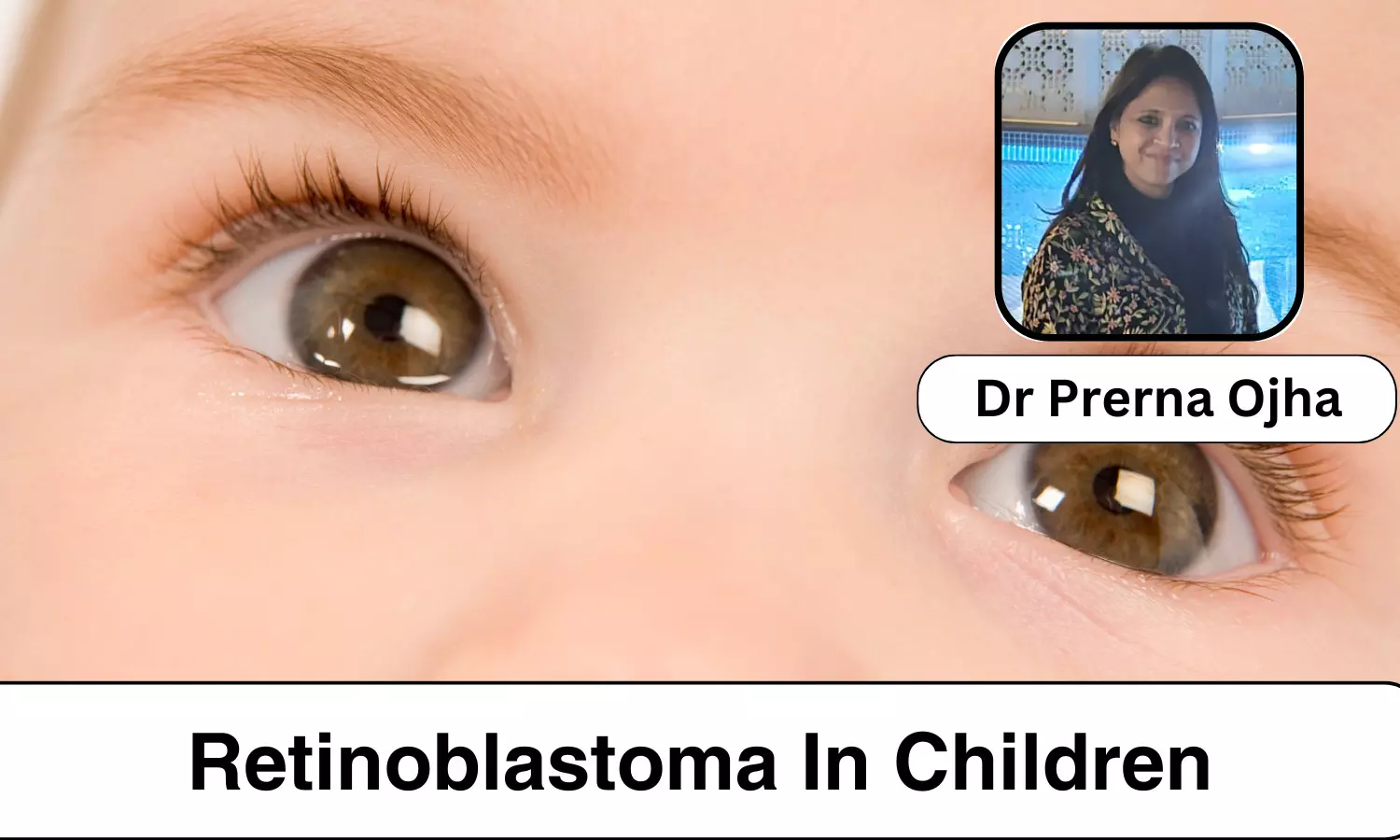Recognizing Retinoblastoma Symptoms: Eye cancer in children

Retinoblastoma, a rare form of eye cancer, has become increasingly prevalent among children in India, necessitating urgent awareness campaigns on the significance of early detection. With a global incidence rate of 1 in 18,000 live births and an annual occurrence of approximately 8,000 to 10,000 new cases, this disease poses a serious threat to pediatric health.
Retinoblastoma often arises from a congenital genetic abnormality, making it imperative for parents and healthcare providers to recognize potential signs and symptoms.
Typically, affecting children under the age of 3, retinoblastoma manifests as a noticeable white reflex in the eye or a squint, which can be easily identified by vigilant parents, particularly through photographs. These early indicators serve as crucial prompts for immediate eye examinations to rule out the possibility of retinoblastoma. Failure to detect and treat the disease promptly can lead to its progression beyond the eye, potentially spreading to the brain and significantly reducing survival rates.
However, the prognosis dramatically improves when retinoblastoma is detected early. In cases where the tumour is confined to the eye, survival rates exceed 90%, compared to a significantly lower rate of 70% when the tumour extends beyond the eye. Various treatment modalities are available, ranging from minimally invasive approaches such as eye laser or cryotherapy for small tumours to systemic intravenous chemotherapy for larger ones.
Recent advancements in treatment have introduced innovative techniques like intra-arterial chemotherapy, which delivers drugs directly into the eye, minimizing systemic side effects. Similarly, intra-vitreal chemotherapy targets specific cases with tumour seeds in the vitreous, although meticulous execution is essential to prevent tumour dissemination. While these treatments may entail temporary side effects such as weight loss and hair loss, children generally respond well and recover fully post-treatment.
Radiotherapy, once a primary treatment option, is now reserved for cases unresponsive to chemotherapy, with techniques like plaque radiotherapy and external beam radiotherapy used selectively. In advanced cases where conservative management fails, surgical removal of the eye (enucleation) may be necessary. Nonetheless, early detection significantly reduces the likelihood of resorting to such measures.
Efforts to enhance awareness about retinoblastoma must include advocating for comprehensive eye examinations as standard practice during pediatric assessments. Educating parents and healthcare providers about recognizing potential symptoms, often mistaken for benign conditions, is paramount to facilitating early detection and improving outcomes for affected children.
By prioritizing early detection and intervention, we can effectively combat the growing prevalence of retinoblastoma and safeguard the vision and lives of countless children in India and beyond.


